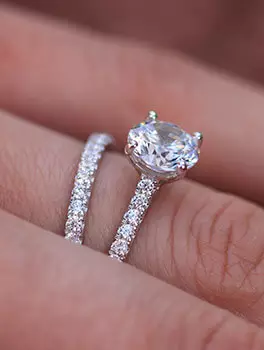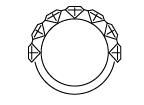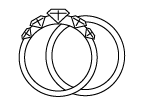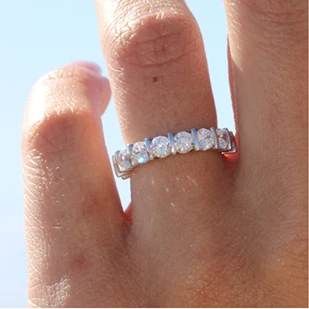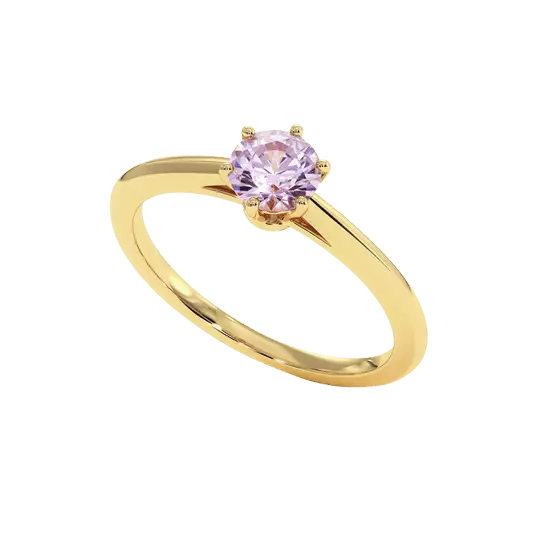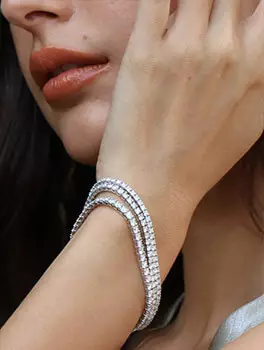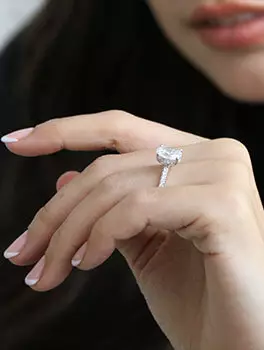Colored Diamonds
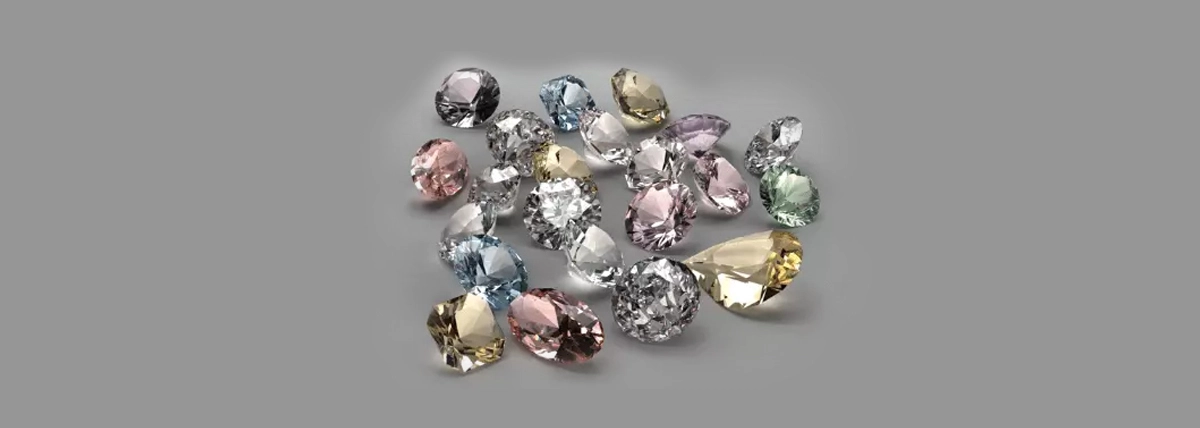
Did you know? Even though the majority of our customers ask for white diamonds, the white/clear diamond is not the only diamond color, hard to believe, but true: in nature, diamonds can naturally appear in an infinity of colors. Naturally occurring, the diamond can be pink, blue, purple, red, green...
These diamonds are of incredible beauty and can be an alternative when you want something out of the ordinary. There are a total of 27 shades of Fancy Diamond.
(Fun fact: colored diamonds are also called Fancy Diamonds or fancy colored diamonds)
What is a colored diamond?
Firstly, it is appropriate to define what a colored diamond is.
A colored diamond is a diamond that has a color other than white that will be noticeable to the naked eye when looking at the diamond from its table (top part of the stone).
The most common diamond colors are black, brown, and yellow. Pink, blue, red, and purple are extremely rare colors. It is said that out of more than 100,000 diamonds, only a tiny part will have one of these colors. Moreover, it is important to note that the color can have different intensities classified as follows: Fancy Light, Fancy, Fancy Dark, Fancy Deep, Fancy Intense, Fancy Vivid. The Vivid intensity being the most pronounced, elle will also be the most expensive.
Colored diamonds mainly come from the Argyle Mine located in Australia. This is the mine that produces the most brown diamonds on the market, but elle is also the only one that produces red diamonds. The historic Golconda Mine in India has produced the most beautiful colored diamonds in the past like the Hope Diamond; a magnificent blue diamond that is now on display at the Smithsonian Institute in Washington. Unfortunately, this mine is now exhausted.
How are colored diamonds formed?
These diamonds owe their color to a variation of trace elements. In fact, these are elements like boron or nitrogen. Boron gives the diamond a blue hue and nitrogen a yellowish hue.
These elements help to understand why a blue diamond is rarer than a yellowish to brown diamond. This is because boron is a rare element while nitrogen is a very abundant element.
Trace elements are a primary cause of the color of diamonds. But radiation can also be a cause of their colors. Indeed, stones that were buried deeper in the earth could have received certain doses of radiation and this phenomenon would be at the origin of green diamonds.
Finally, another cause could be due to deformation defects and color zone in the crystal lattice. In fact, if a lattice is deformed, it allows the diamond to absorb certain wavelengths of light which can give it other colors.
Who are the buyers of colored diamonds?
Colored diamonds are purchased by customers, collectors or investors from around the world. At Celinni, we offer you the possibility to buy them alone or mounted in jewelry. For example, you can opt for a magnificent solitaire accompanied or we can create the custom-made jewel of your dreams.
We also find buyers of colored diamonds who will acquire them with the aim of making a profitable investment. The prices of these diamonds have risen in recent decades, but we cannot guarantee that prices will continue to rise.
What are the different colors and what do they represent?
Now, here are the detailed natural causes of a diamond's color by shade and their "meanings":
ORANGE DIAMOND
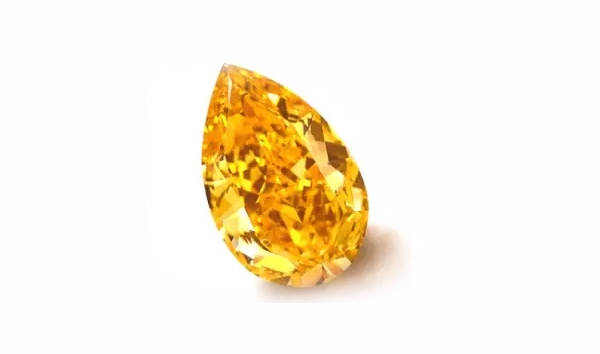

The causes of this orange hue on a diamond are due to structural irregularities during the growth of the rough diamond and the presence of nitrogen in isolated atoms.
Also known as fire diamonds, pure orange diamond is very rare. Its popularity has increased thanks to its nickname.
These diamonds are synonymous with energy, burst of life and creativity.
Because of their rarity, orange diamonds have a high price.
GREEN DIAMOND
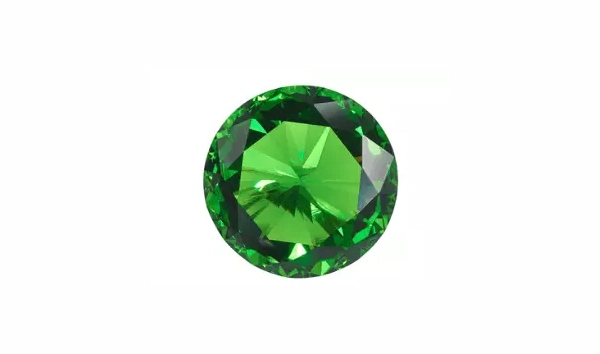

As explained earlier, the green color is due to natural irradiation.
This fresh color soothes the eye, elle is a symbol of growth and harmony. Green diamonds are synonymous with soothing nature.
These gems take second place in the ranking of the rarest fancy diamonds and are therefore at a high price.
YELLOW DIAMOND


The vast majority of so-called "white" diamonds tend to have a slight yellowish or even brownish tint. This color is caused by the presence of nitrogen atoms.
These diamonds are also the most popular (60% of fancy diamonds are yellow). Even though the last grades of the standard white diamond color scale appear in yellow. These diamonds are not considered as fancy diamonds. Indeed, colored diamonds have a strong color. This diamond remains affordable, as it is a common diamond.
(Fun fact: one of the most popular yellow diamonds in the world is the Yellow Diamond from Tiffany & Co).
BROWN OR BRUN DIAMOND
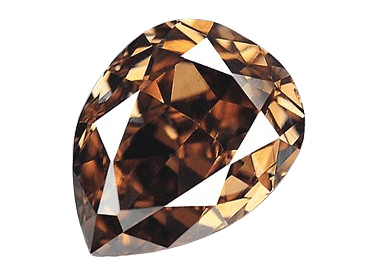

These are the most numerous diamonds and therefore the least sought after, this shade is caused by internal plastic deformation.
These "chocolate" diamonds got their name from a marketing stunt. Among all the tones of these diamonds, they are given nicknames such as champagne, cognac, cinnamon or clove. This marketing stunt has allowed the most abundant diamonds on earth to find a buyer.
Brown or brown diamonds are the most common, their prices are very reasonable.
RED DIAMOND


This color is extremely rare and is caused by gaps in the crystal structure. The presence of inclusions (internal characteristics of the stone during its crystallization) is also a cause.
Red diamonds are the rarest of all fancy diamonds because of high demand. These red diamonds, due to their rarity, are at a high price.
(Fun fact: the Moussaieff Red is the largest flawless red diamond found. With its 5.11 carats, it was sold for nearly 8 million dollars in 2001).
PINK DIAMOND


Pink diamonds are the most appreciated. They are very rare and are defined as a very precious stone. These diamonds exude romance, pink is the color of love. Combine a heart-cut pink diamond and you get the most romantic ring in the world!
Their origin is still unknown and this mystery adds an extra charm to this diamond. Pink diamonds can be purchased at a high price.
(Fun fact: pink diamonds are a very good investment. The Argyle Mine in Australia produces 90% of pink diamonds).
VIOLET DIAMOND
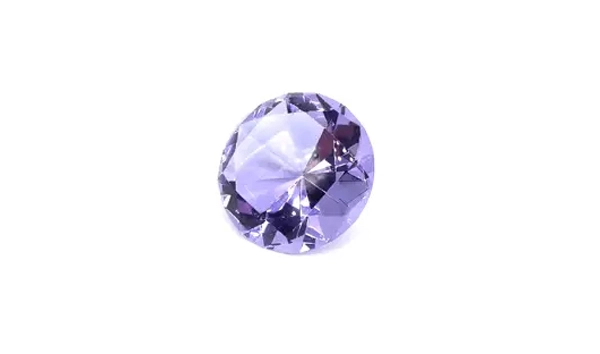

Purple diamonds are very rare and fuel the imagination. So rare, that when found in mines, the diamonds are only small in size. These diamonds are out of the ordinary and are symbols of individuality, imagination, and creativity.
The cause of the purple hue is due to a high presence of hydrogen. Purple diamonds are also expensive.
GREY DIAMOND
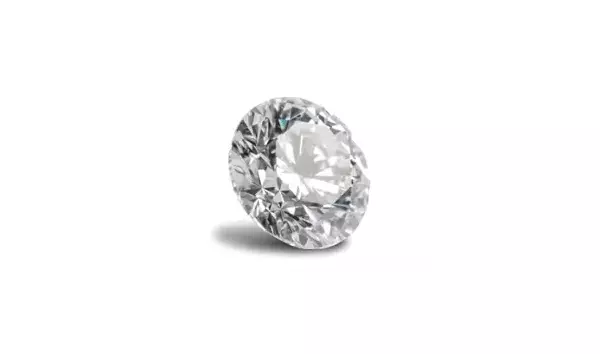

Here, the hydrogen element is what gives the diamond its grey color. This color is not as dark as one might think. On the contrary, elle presents a chic and fascinating metallic glow.
These grey diamonds are a good alternative for engagement rings, they bring character and are relatively affordable.
BLUE DIAMOND
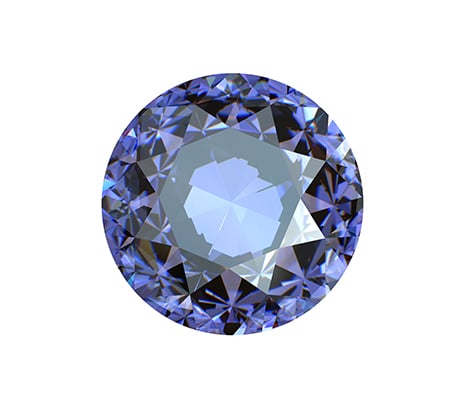

These blue diamonds are rare and their color is due to a mix of boron and hydrogen atoms. Blue is the color of wisdom, prestige, and royalty.
This stone is rare and expensive.
BLACK DIAMOND
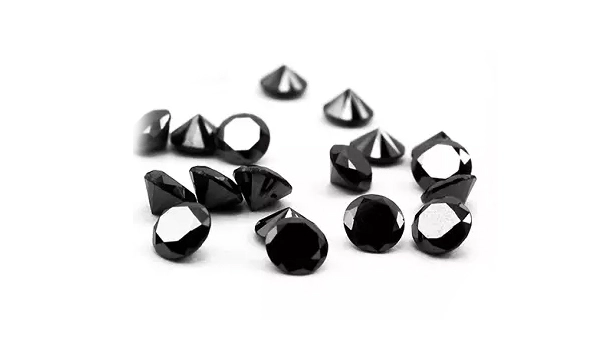

It is the presence of numerous dark inclusions distributed evenly that gives the diamond this black color. It is actually initially a white diamond.
Black diamonds are also known as Carbonado, they are found only in Brazil and in certain parts of the Central African Republic. These diamonds are opaque and therefore do not vary in intensity or color. They are also affordable.
More information about the black diamond: Discover our complete guide on the black diamond.
CHAMELEON DIAMOND
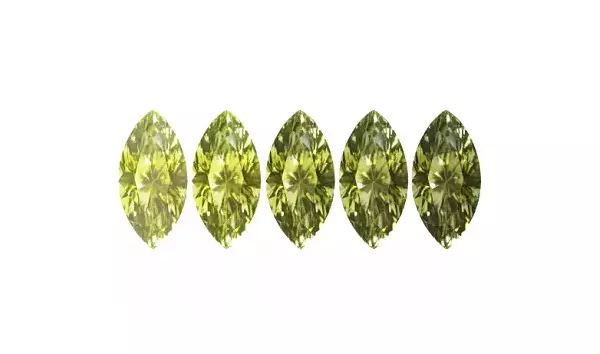

This diamond has a superpower, it changes color. They can actually temporarily change color depending on their environment. Chameleon diamonds are unique and have at least two color combinations such as: yellow, brown, gray and green.
These gems cannot be artificially reproduced, so all chameleon diamonds are natural. The price of chameleon diamonds is high.
Are fancy colored diamonds completely natural?
As with most stones, whether it's a diamond or another stone, treatments are common. Their goal is often to make the diamond more beautiful with a more intense color for example. If you are attracted to colored diamonds, you should know the difference between a treated diamond and an untreated diamond.
Treated diamonds are usually brown diamonds that are enhanced to change color. Natural diamonds are the diamonds that are found in a mine and then cut into a diamond without any enhancement.
If you have any doubt about the origin of your diamond (treated or not) look at its price. Treated diamonds are generally cheap brown diamonds and therefore less expensive.
Finally, with the naked eye, you can determine whether a diamond is natural or not. The artificial diamond will have a very high saturation! Of course, there are natural diamonds with high saturation, but they are very rare and very expensive.
What is the price of a colored diamond?
The phenomenon of rarity combined with the growing interest of customers and investors in colored diamonds has caused an impressive increase in the price of colored diamonds over the past ten years. Of equal size, no material has more value than the colored diamond to the point that some sell for several million dollars per Carat (1 Carat = 0.2 Gram).
However, be aware that it is possible to find colored diamonds to suit all budgets, for example diamonds with fairly common colors like brown and yellow and an intensity ranging from low to intermediate will have a price similar to white diamonds but you will have the merit of having a rarer stone. You could for example opt for a champagne or cognac diamond.
Colored diamonds, an alternative for engagement rings?
It is common to see an engagement ring with a white diamond. But imagine, giving an engagement ring with a diamond in your beloved's favorite color. This surprise and attention will make your fiancée even happier to spend the rest of her days by your side.
This is a personal choice, but your horizon when choosing the diamond should not stop at the most well-known diamond: the white/colorless diamond.
Precautions to take before buying a colored diamond
When you wish to acquire a colored diamond, we always advise you to request a Certification from an independent laboratory (GIA, IGI, HRD...). Indeed, we are seeing more and more treated or simply synthetic colored diamonds on the market. Changing the color of a diamond is a legal commercial practice, the seller simply needs to announce it to their customers. The most commonly used techniques will be irradiation or simply placing the diamond in an atmosphere with high temperatures and high pressures.
1) There is a ranking (established by the GIA) for the intensity of colored diamonds: Fancy Light, Fancy, Fancy Dark, Fancy Deep, Fancy Intense, Fancy Vivid. The most pronounced and most expensive intensity is Vivid intensity.
2) One of the most famous diamonds in the world is the Hope diamond. This diamond comes from the historic Golconda Mine in India and it is a fancy blue colored diamond.
The diamond dealer's advice
Choose a professional with a good reputation. Your sources should then be reliable. Refer to a recognized diamond dealer like Celinni.
- You must be careful not to confuse the yellowish tint that a white diamond can have with the colored tint of fancy diamonds.
- When buying a colored diamond, you need to pay attention to 3 characteristics: the primary color of the diamond (is it pink, red, purple?), the secondary color of the diamond (if it is pink it can also be purplish) and finally the intensity of the diamond's color (here you need to refer to the classification made by the GIA. The diamond will then be Fancy Deep or Fancy Light for example).
- The first thing you need to know is that normal cut quality criteria do not apply to colored diamonds.
Congratulations! You are an expert in understanding colored diamonds. Do not hesitate to demand a certificate when the chosen diamond is certified.
We hope that this article has helped you learn more about colored diamonds. We have access to thousands of colored diamonds and we are confident that we will find the ideal diamond for your project.
Do not hesitate to contact us if you have any questions about colored diamonds or if you would like our team of experts to send you quotes.
We will be delighted to welcome you in one of our Showrooms.








NEWSLETTER
Sign up to receive the latest news regarding
the products and services CELINNI, and much more.





















